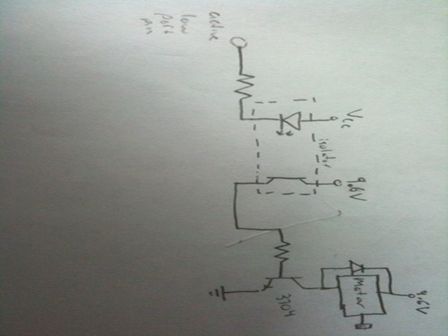| Line 151: | Line 151: | ||
<td bgcolor="#CC9966"> | <td bgcolor="#CC9966"> | ||
<ul> | <ul> | ||
| − | <li> Emailed Chuck | + | <li> Emailed Chuck Barnett about putting windows on the laptop I was given. He said that he had XP for HP computers and that it can be weird to do on DELL that we have. He said to talk to ECN about getting windows on it.</li> |
</ul> | </ul> | ||
</td> | </td> | ||
Revision as of 20:06, 2 November 2011
Scott Stack - Design Notebook
|
Week of October 3rd:
|
Total Time Spent: ~1.5 hours |
|
Week of October 10th:
|
Total Time Spent: ~ 1.5 hours |
Week of October 17th:
|
|
|
Team Meeting (tuesday)(2.5-3 hours):
|
|
|
|
Attended weekly VIP meeting. (1 hour)
|
Week of October 24th:
|
|
Team Meeting Tuesday (3hours)
|
|
|
Friday
|
Week of October 31:
|


